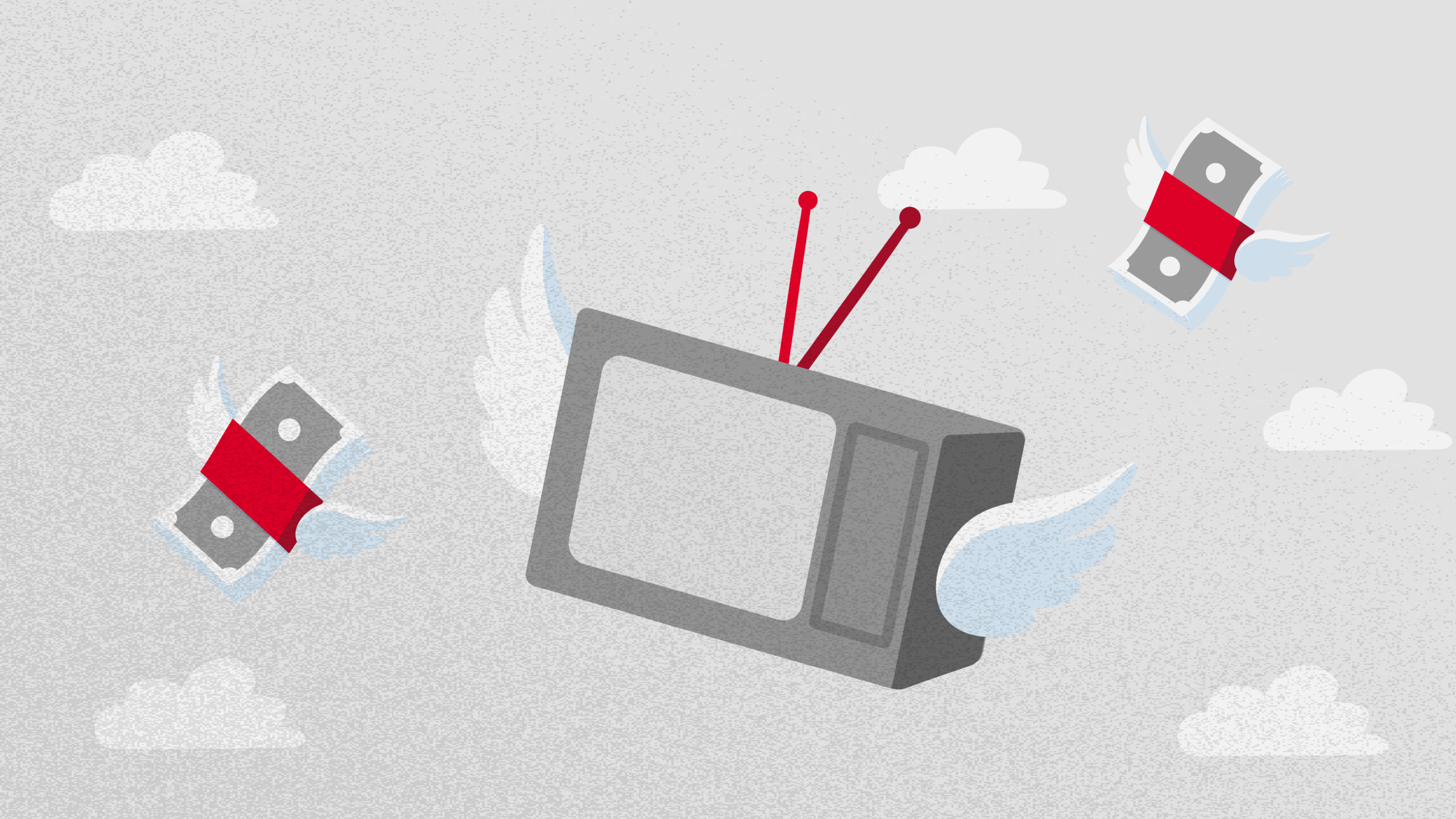
You may or may not already be avoiding cookies depending on your New Year’s resolution, but marketers will need to ditch (digital) cookies entirely in the coming year.
By 2022, Google Chrome will phase out the third-party cookie. Since the browser accounts for 70% of desktop internet browsing (and both Safari and Firefox – the No. 2 and No. 3 browsers – have already blocked them), this effectively buries the cookie in a pixilated grave.
Why Does It Matter?
Originally meant to tell servers that a user has visited a website previously, the cookie has grown to do much more than ever intended. For instance, these bits of info power advertising campaigns by enabling us to track our audiences across the web.
In many circumstances, third-party cookies have become annoyances that are unnecessarily invasive in the eyes of Internet browsers. So while this shift is a win for privacy protection, it has created uncertainty in the advertising industry. Many types of display and remarketing campaigns will require an alternate approach in the future without the cookie.
And while third-party cookies are going by the wayside, first-party cookies will remain intact — so you can still gather data about users on your website and how they interact with it. However, you won’t be able to track behavior outside of your owned web properties.
This development also opens up the door for future innovations in digital advertising. For example, Google is releasing its own Privacy Sandbox toolset to enable targeting through Google Ads.
Here’s What You Can Do About It:
- Educate Yourself – AdWeek has an on-demand course on this topic. It’s a great primer on cookie technology and options that are being explore by the industry. It’s very brief — the four mini-modules can be completed in two lunch breaks max.
- Talk to Your Vendors – Many ad-tech companies and data engineers are already researching and producing solutions. They’ll be able to answer any questions and set expectations for your future campaign planning. (And if you’re a ChappellRoberts client, we’ve already done this for you!)
- Continue Building Up Your First Party Data – Invest in growing your email lists and segmenting your data into relevant and useful audience profiles. The death of the third-party cookie is a reminder of how much brands rely on technology and data that they don’t own.
Any questions or comments? Reach out to Hunter Taylor, ChappellRoberts’ Senior Digital Strategist, and start a discussion!




